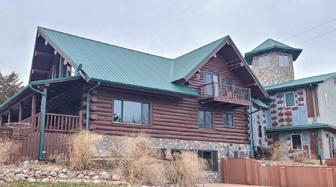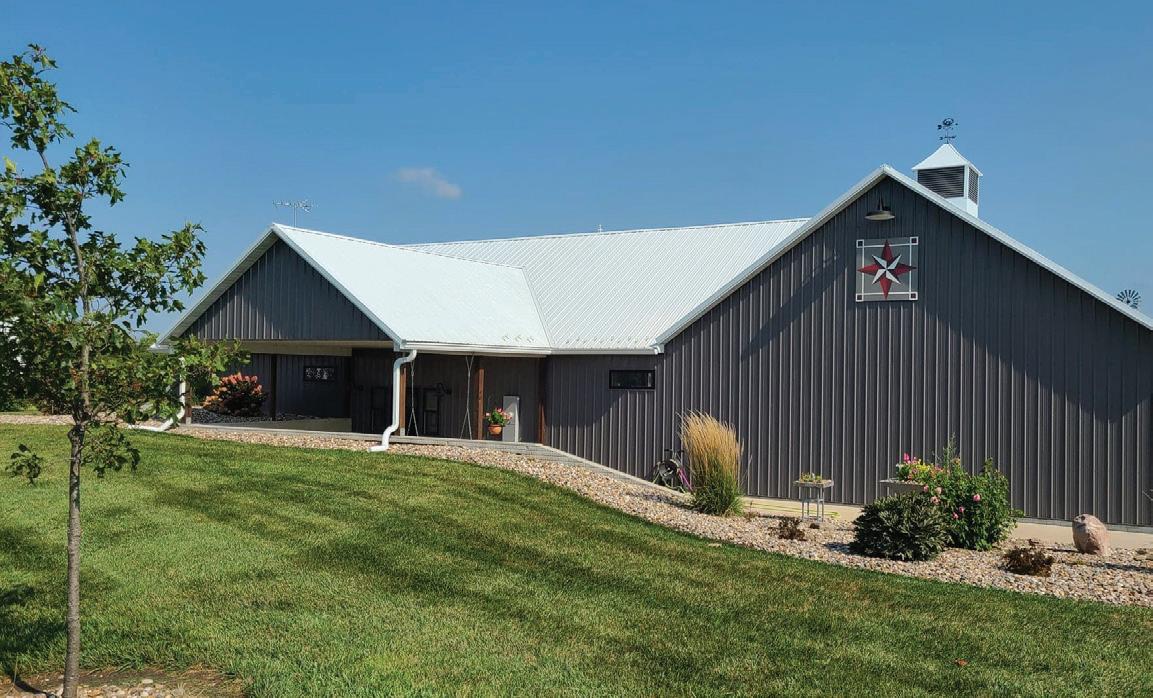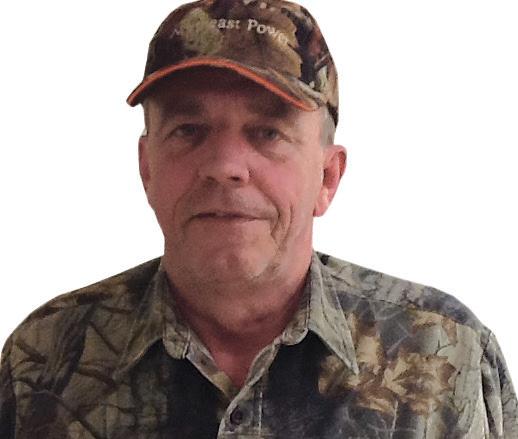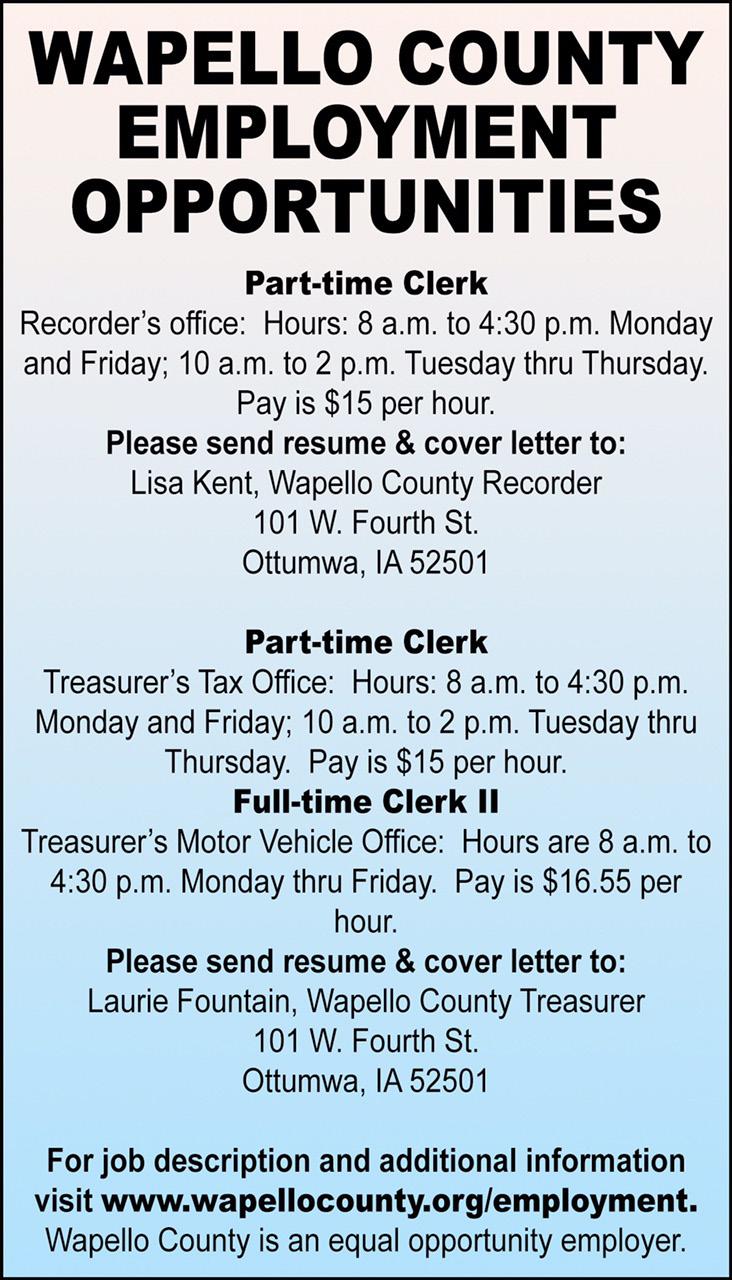





The Financial Challenges that Accompany a Cancer Diagnosis
Each year in the United States, an estimated 1.9 million people are diagnosed with some form of cancer1. While every diagnosis is different, the disease evokes dread in almost all of us. On top of the toll cancer can take on our health, it can also create significant financial challenges. The Angel Foundation, a Minnesotabased nonprofit that supports cancer patients and their families, estimates that nearly three-quarters (73%) of individuals diagnosed with the disease will experience some sort of financial hardship as a result.
It’s a startling statistic, but even those who haven’t personally been impacted by cancer can understand how the unpredictable costs of cancer care, aggravated by potential loss of income, can be
financially challenging, if not devastating. If you or someone you love is coping with a cancer diagnosis, keep in mind that there are strategies and resources available to help contain the financial challenges during an already stressful period. Keep these tips in mind and be sure to seek help where it’s available.
Assess your financial situation

While your physical health is and should remain your top priority following a cancer diagnosis, your financial health is important, too. Take the time to consider how your household income and expenses may be impacted – and steps you can take to mitigate a potential financial toll. For example, if you anticipate you may need to take time off of work to seek treatment for the disease, talk to your company’s HR department about what benefits may be available to you and if your absence qualifies for Family Medical Leave Act (FMLA) coverage. Also seek to understand your health care plan to ensure you maximize the coverage available to you when paying bills related to your care. Depending on your situation, consider using your emergency fund (e.g., bank savings account or money market fund) to meet your expenses versus going into debt if you can avoid it.
Seek alternative resources
If you don’t have health insurance coverage – or
your policy won’t sufficiently cover the care you’ll need, it’s worth exploring the kind of support you may be eligible to receive. Because bills and debt can add up quickly there are alternative financial resources available to many cancer patients. National organizations like the Cancer Financial Assistance Coalition (CFAC) can help connect patients to financial resources. In some cases, you may be able to find resources closer to home. For example, the Angel Foundation’s™ Virtual Financial Workshops in Minnesota connects cancer patients with a Social Worker and a Pro Bono Certified Financial Planner™ through workshops and one-onone meetings designed to decrease anxiety about managing finances.
Get organized and write down everything
You will likely talk to your insurance company and other financial institutions often. Make sure you have a written record that includes key details of your conversations, including the time, date, and what you talked about it. This is a crucial way to keep track of your medical expenses and handy cross reference when your medical bill arrives. With cancer — or any other disease that requires medical intervention — you will likely be inundated with documents, bills, insurance letters, doctor letters, and invoices, among other items. It is important to keep this paperwork organized.
Some patients are prompted by their diagnosis to get their estates in order, too. Particularly if you have dependents, now may be the time to meet with your estate attorney and ensure your will, trusts and other documents are up-to-date and in keeping with your wishes. It may feel overwhelming at first (especially with everything else on your mind), but a qualified and compassionate lawyer can help you break it into manageable tasks. Knowing your financial plan is in order gives you peace of mind to focus on your treatment and healing.
Seek support groups
A cancer support system – which can be found online, through in-person groups or with friends and family – provides individuals with cancer and their families with information, support, and hope. They can provide a sense of community, which can be beneficial during a difficult time. Additionally, support systems can offer individuals access to information about cancer and treatment options.
Bottom Line
A cancer diagnosis can be devastating in so many ways. The financial stress can affect your quality of life and even your recovery, but with basic financial planning and help it doesn’t have to. While the above tips are some of the ways to prepare and cope with an adverse diagnosis, the important thing is to lean into people and organizations that
can offer support.
Duane J Lusson, CFP, ChFC, CLU, MSFS, is a Private Wealth Advisor with Ameriprise Financial Services, Inc. in Ottumwa, Iowa. He specializes in fee-based financial planning and asset management strategies and has been in practice for 30 years. To contact him, call 641-684-4200 or stop by his office at 527 W. Second in Ottumwa, Iowa.


Ameriprise Financial, Inc. and its affiliates do not offer tax or legal advice. Consumers should consult with their tax advisor or attorney regarding their specific situation.
Investment advisory products and services are made available through Ameriprise Financial Services, LLC, a registered investment adviser.
Investment products are not insured by the FDIC, NCUA or any federal agency, are not deposits or obligations of, or guaranteed by any financial institution, and involve investment risks including possible loss of principal and fluctuation in value.
Ameriprise Financial Services, LLC. Member FINRA and SIPC.
© 2023 Ameriprise Financial, Inc. All rights reserved. File #5480568

Tree Planting



It is a well-known fact, deer and other wildlife prefer to eat or otherwise destroy store bought trees rather than native or volunteer ones. The speed at which the trees will be killed is directly proportional to the cost of the tree. I decided one day to get a weeping willow tree to plant down by the lake. There are hundreds of other wild willow trees in the area so I thought deer would probably leave this one alone. Just to insure my investment, after carefully planting, I built a six foot high chicken wire fence around the new tree, held firmly in place with steel posts. A few days later, I went down to water it and check on its general well-being. To my dismay, the chicken wire was strung out across the lawn, the steel posts were bent, and my new little willow tree was dead. What had not been used as a scratching post for some buck’s antlers was eaten down
to a stump. Being a slow learner, I soon thereafter purchased ten flowering pear trees. This was late in the tree planting season, and I got a really good deal on them. Since I did not have much invested in them, I thought my chances were better the deer would not destroy them. I was only partially correct. I planted seven near the cabin, gave two to my son, and put one on the island. Over the winter, the ones near the cabin were browsed by the deer back to the point where they looked like bushes rather than trees. The next spring, most of them were alive and started to thrive in their new locations. That fall, bucks mercilessly
(Outdoors cont’d on pg 4)


















(Outdoors cont’d from pg 3) rubbed their antlers on them, killing five of the little pear trees. It is not like there is a shortage of trees on the farm to use as a rub, but these work much better for the deer as they are purchased trees. The only pear trees that remained unscathed were the ones in my son’s yard and the one on the island. His trees were not attacked as his dog keeps the deer out of his yard. The one on the island survived because the deer were not willing to swim to get to it.



Over the years, the flowering pear tree on the island has flourished. Each spring it puts forth a beautiful display of white flowers. The two survivors by the cabin are stunted and deformed but still are trying their best to live. All seemed good with the tree on the island until late last fall. Driving by one day, I noticed a volunteer hickory tree was down. The next day, I saw a cedar tree was also down. I went over to the island to see what was going on and discovered a beaver had cut them down. I checked on my pear tree to find the beaver had also started on it. This meant war. With great timing,
a neighbor kid stopped by and asked if he could do some trapping on the lake. I am not usually in favor of trapping for fear the dogs might get caught. This time, I made an exception. I explained about my beaver problem and showed him where it or they hang out on the far side of the lake. He apparently knows his craft as he caught a beaver within a few days. From the house, with the spotting scope, I could see the damage at the base of
my flowering pear tree on the island. After the beaver removal, the damage did not worsen but I wondered if the tree would make it. I was pleasantly surprised this spring when the tree again burst with loads of white flowers. It had been saved in the nick of time. Over the years, I have learned planting trees is a highrisk investment. There is always some form of wildlife that likes my trees as least as well as I do.

